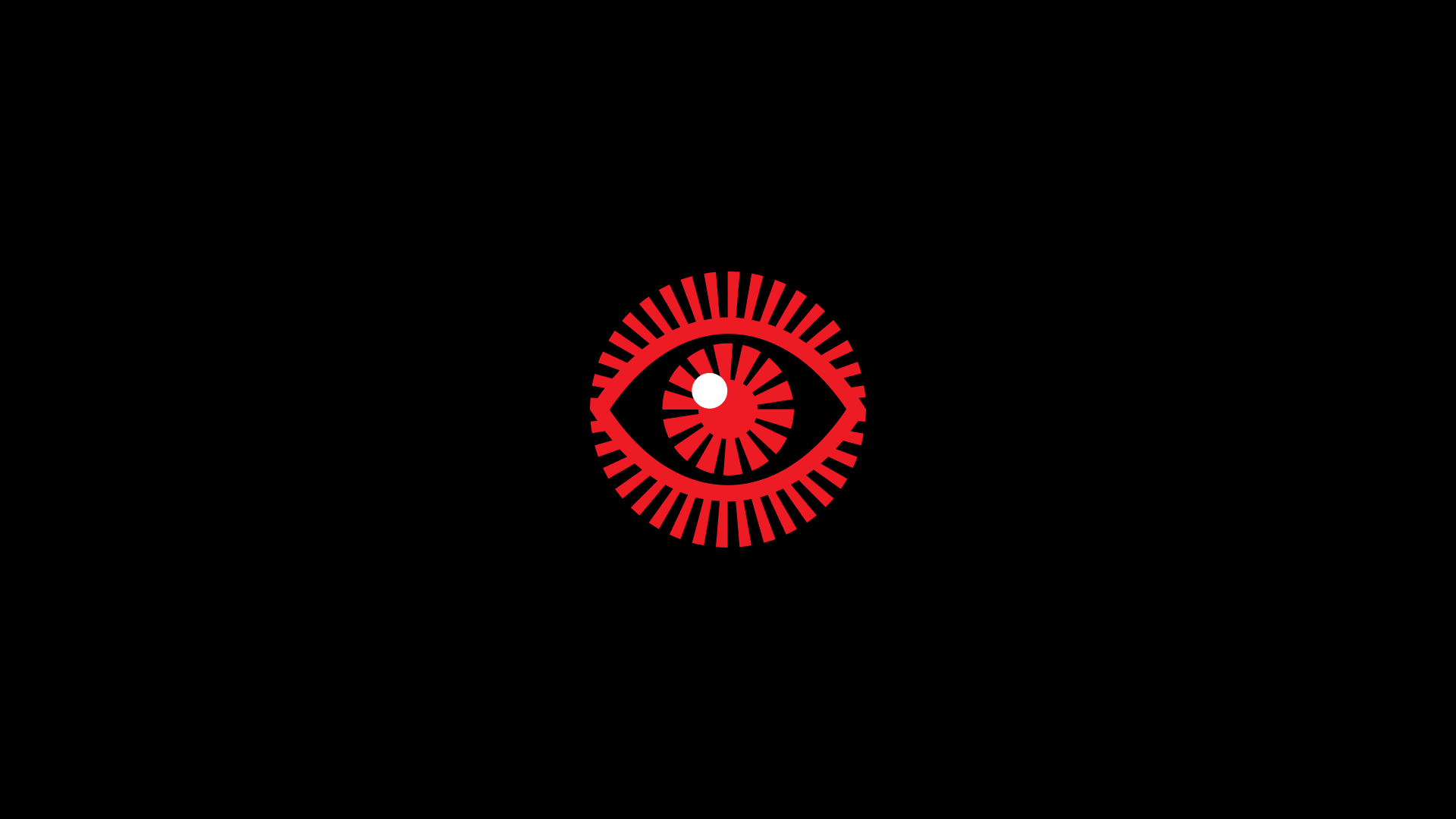The “Idea State” refers to the initial phase of the design process, where designers brainstorm ideas and concepts for the project. During this phase, designers explore various options, ideas, and concepts that align with the project’s goals and objectives. The focus is on generating creative solutions that meet the user’s needs and business objectives.
The “Goals” refer to the specific outcomes that the project aims to achieve. These goals should be specific, measurable, achievable, relevant, and time-bound. Defining clear goals allows designers to focus on the project’s critical success factors and track progress throughout the design process.
This approach helps us avoid getting lost in the details and keeps us focused on the project’s most critical aspects.
Practical Example
Suppose a company wants to design a mobile application to order food online for customers. The company aims to increase revenue and customer satisfaction through the application.
Idea State: The designers brainstorm ideas and concepts for the application that aligns with the company’s goals and objectives. Some ideas may include a user-friendly interface, personalized recommendations, and easy payment options.
Goals: The designers define specific, measurable, achievable, relevant, and time-bound goals for the project. Some examples of goals may include:
- Increase the number of orders by 25% in the first three months of launching the application.
- Achieve a user satisfaction rating of 4.5 out of 5 stars within the first six months of launching the application.
- Reduce the number of customer service inquiries by 20% in the first six months of launching the application.
By defining the “Idea State” and “Goals” upfront, designers can focus on creating a mobile application that meets the user’s needs and business objectives. This approach ensures the design process is purposeful and goal-oriented, leading to a successful outcome.


